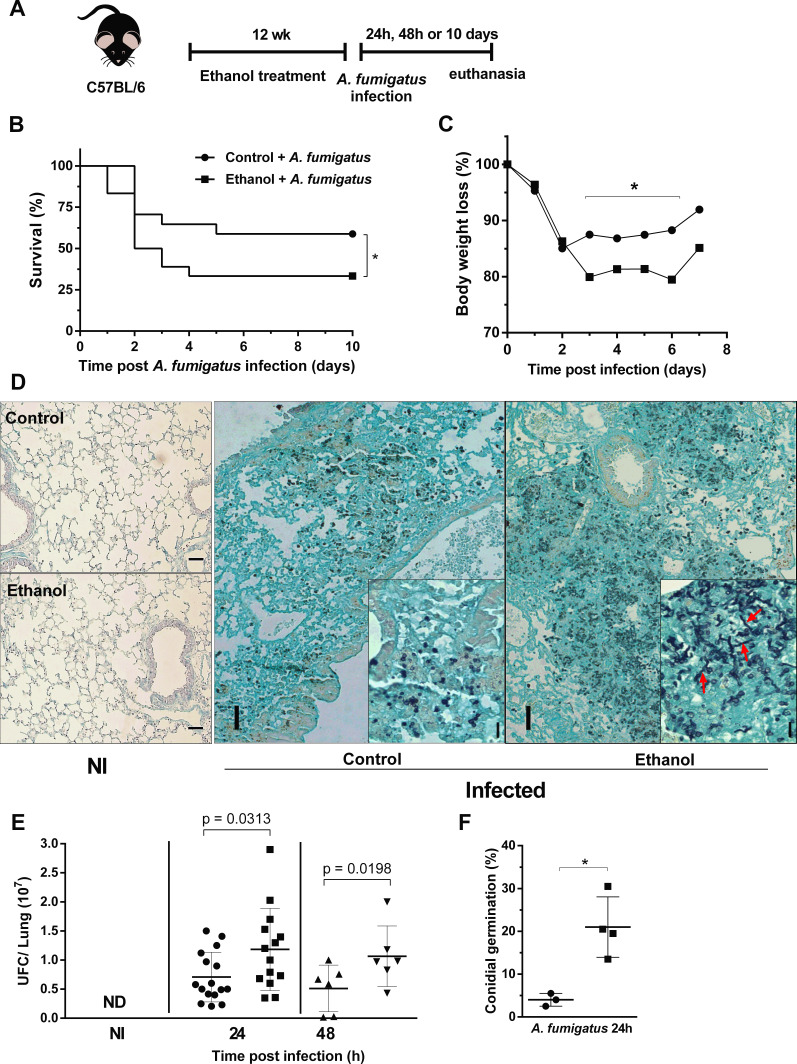Figure 2. Chronic ethanol consumption leads to susceptibility associated with increased fungal load after A. fumigatus infection.
(A) Experimental design: C57BL/6 mice were treated for 12 weeks with ethanol. The next day after the end of the treatment, mice were intranasally infected with 3 × 108 conidia of A. fumigatus. (B) Comparative lethality curves with P = <0.0001 in Log-rank (Mantel-Cox) test. (C) Comparative weight change curves of ethanol-fed group and control group were performed (18 mice per group). Right lungs were collected 24 and 48 hr after the infection. Homogenate from right lungs were plated and CFUs were quantified. Left lungs were fixed with formaldehyde 4% and embedded in paraffin. Sections were stained with GMS and the percentage of germlings was counted (6–16 mice per group) P value indicated in the figure in t test. (D) Representative slides of GMS staining. The insets in 24 hr images represent magnification to show germlings (red arrows) into lung tissue. (E) Fungal load and (F) fungal germination in lungs p=0.0389 in t test. Bars represent 100 µm.

